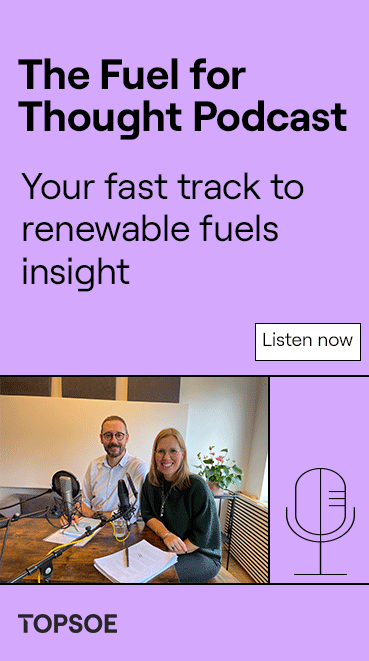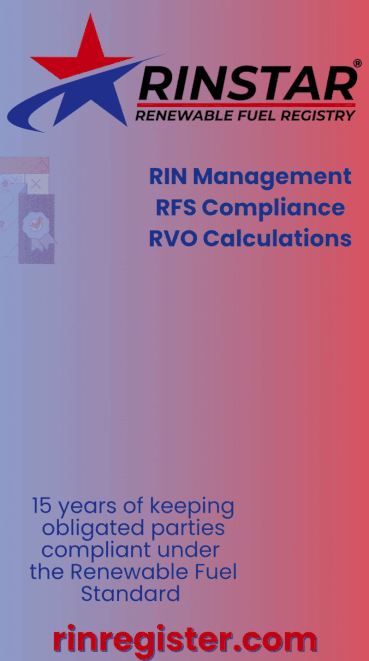Germany’s 2025 soybean harvest to reach record level
- UFOP
- Oct 10
- 2 min read

Despite lower yields, Germany’s 2025 soybean harvest is expected to exceed the previous year’s output, reaching a new record.
The increase is based on a larger cultivation area.
According to Agrarmarkt Informations-Gesellschaft (mbH), soybean farming did not play a major role in Germany until 2015 but has since gained significant importance.
In 2025, the cultivation area was expanded about 8 percent compared to 2024, rising to 43,600 hectares (107,738 acres).
Preliminary data from the German Federal Statistical Office show a soybean harvest of 134,300 metric tons, an increase of just over 2,500 tons year on year.
The growth is based on an expansion in acreage, whereas average yields declined to an estimated 3.08 tons per hectare, representing a sharp drop from 3.26 tons per hectare in 2024.
Bavaria and Baden-Wuerttemberg remain Germany’s leading production regions.
Bavaria accounts for roughly 56.8 percent of the German soybean harvest whereas Baden-Wuerttemberg contributes approximately 17.6 percent.
Together, these two states in the south of Germany produce around 74.5 percent of the country’s soybeans.
Regional yields varied, with North Rhine-Westphalia standing out—yields there likely rose nearly 33 percent to 3.13 tons per hectare.
The Union zur Förderung von Oel- und Proteinpflanzen e. V. (UFOP) has highlighted the remarkable substitution potential of soybeans grown in Germany or the EU, given Germany’s continued enormous demand for imports.
In 2024, soybean imports alone totaled approximately 3.6 million tons.
The strong demand for higher-protein feed creates opportunities to boost sales and expand domestic production of soybeans and grain legumes, as well as rapeseed meal derived from rapeseed processing.
UFOP said it considers pulse crops as vital for resilient crop rotations designed to help mitigate climate change.
They should play a key role in shaping the future common agricultural policy (CAP), the organization noted, particularly in justifying transfer payments through societal benefits.
The association has stressed that these crops should also be included in the Federal Ministry of Agriculture, Food and Regional Identity’s (BMLEH) forthcoming protein strategy, which the industry is eagerly awaiting.


































